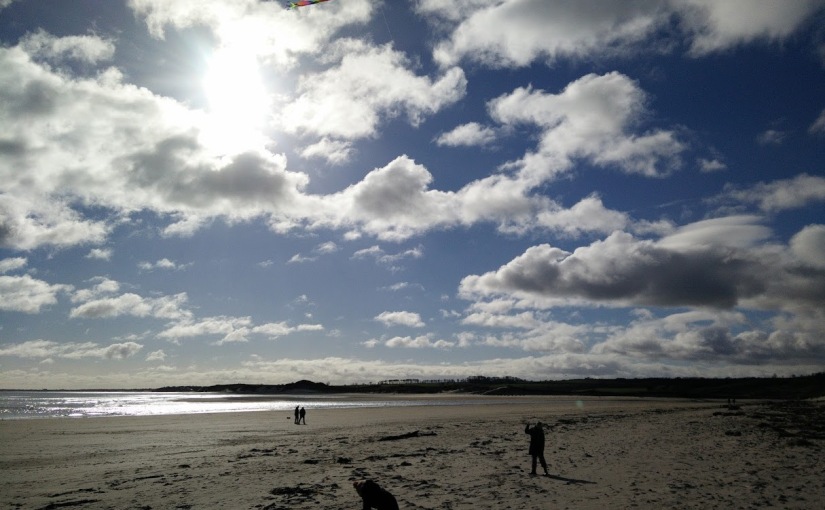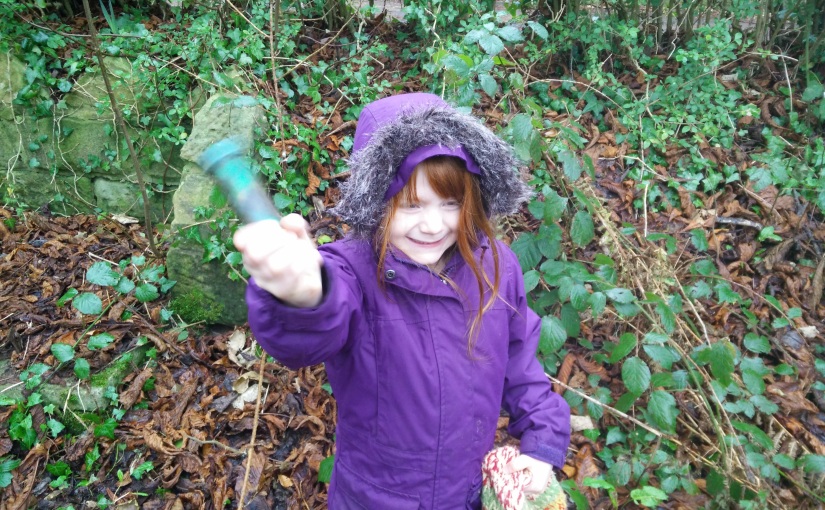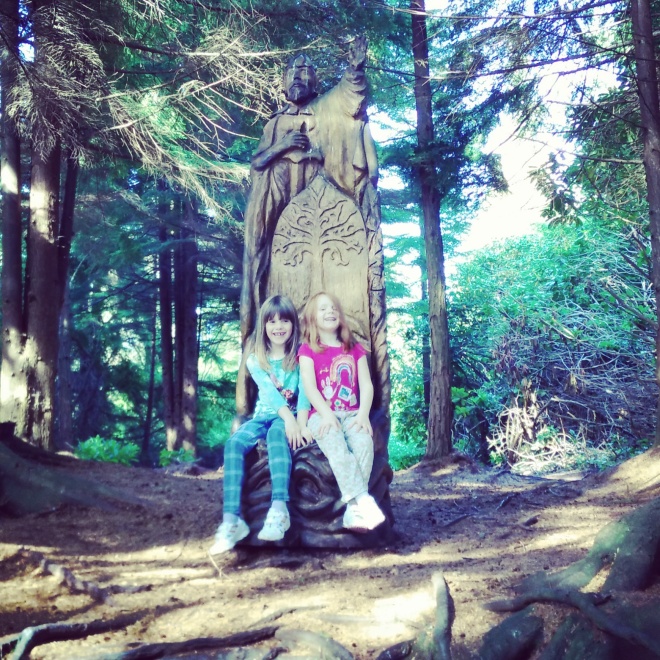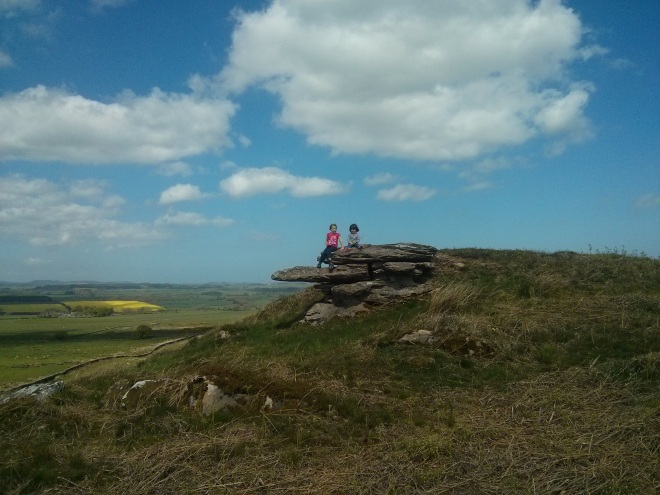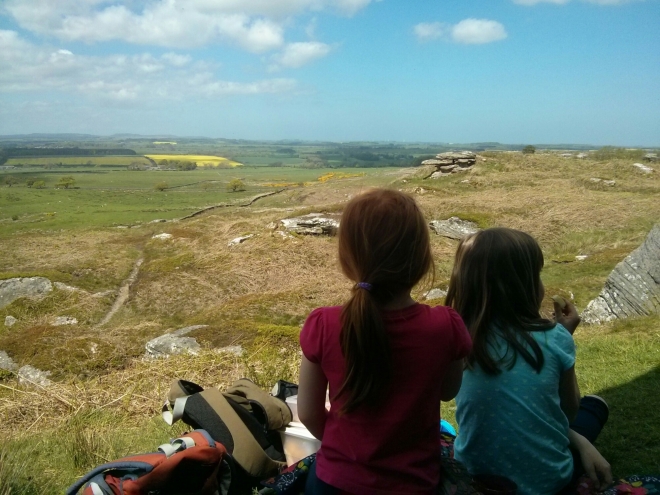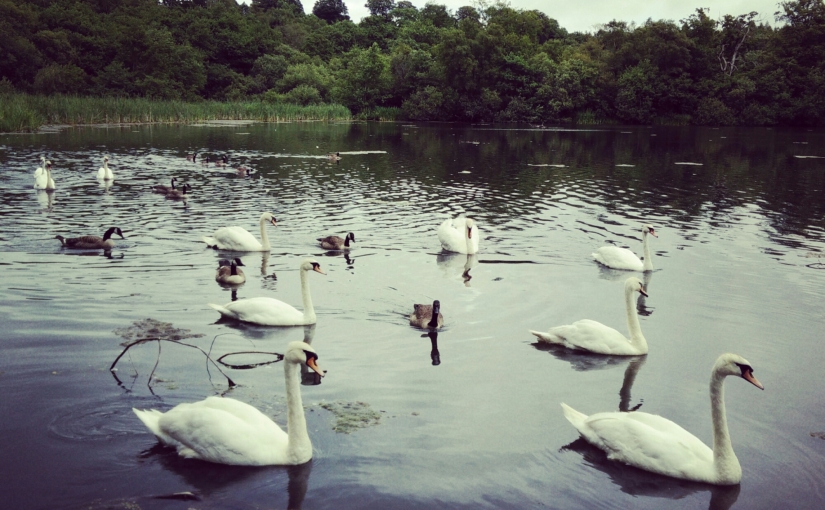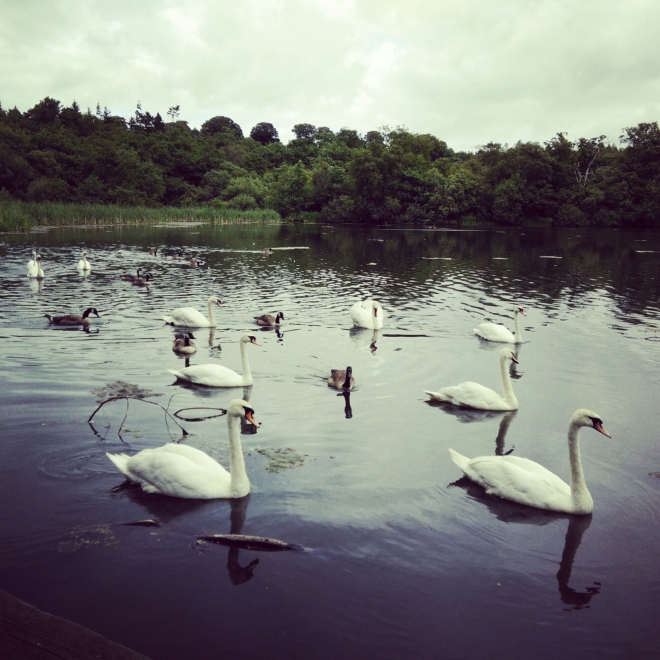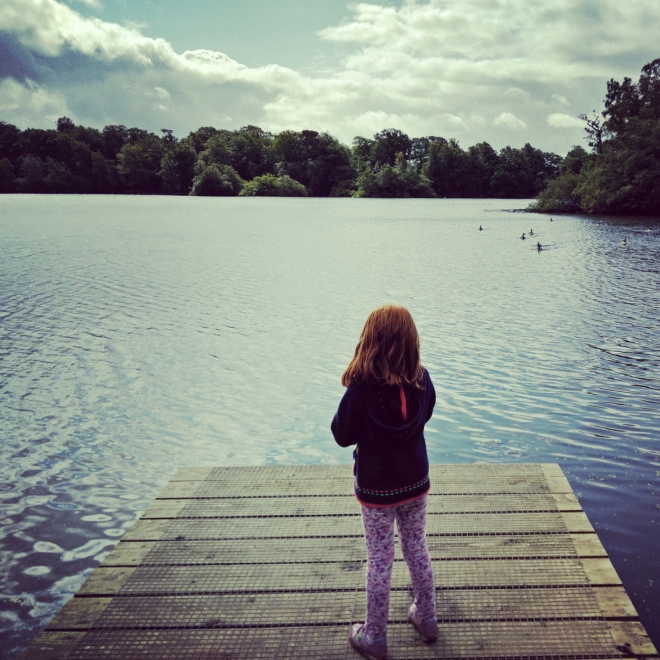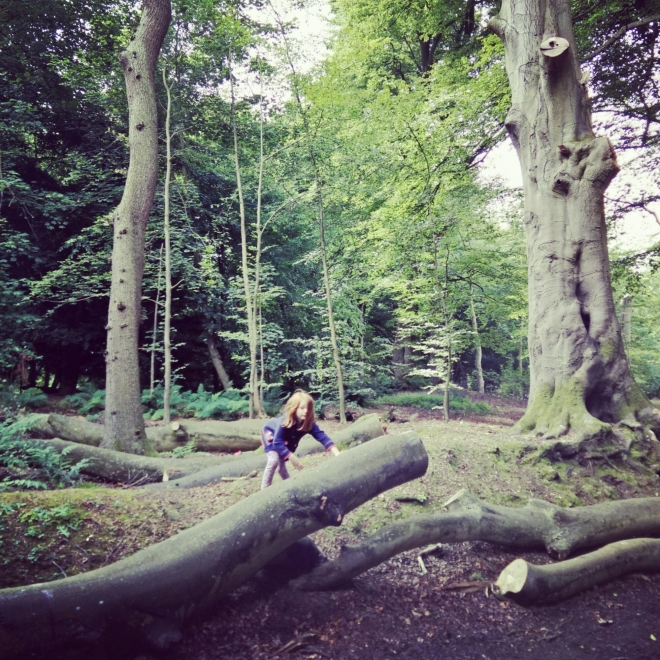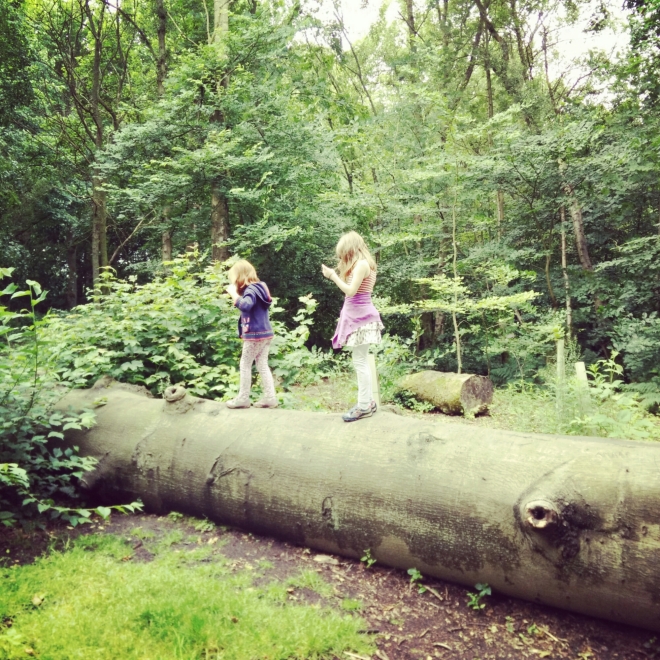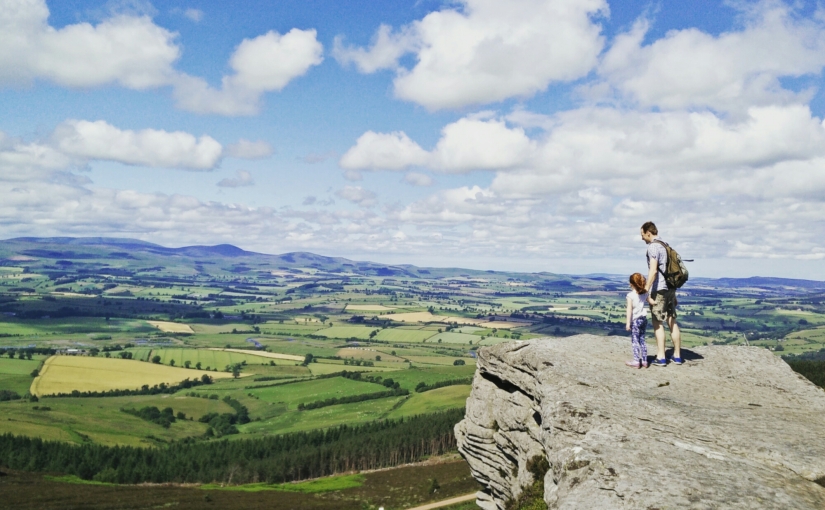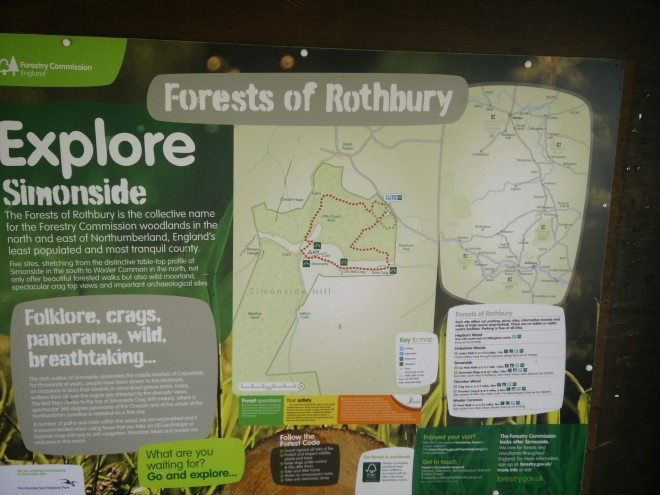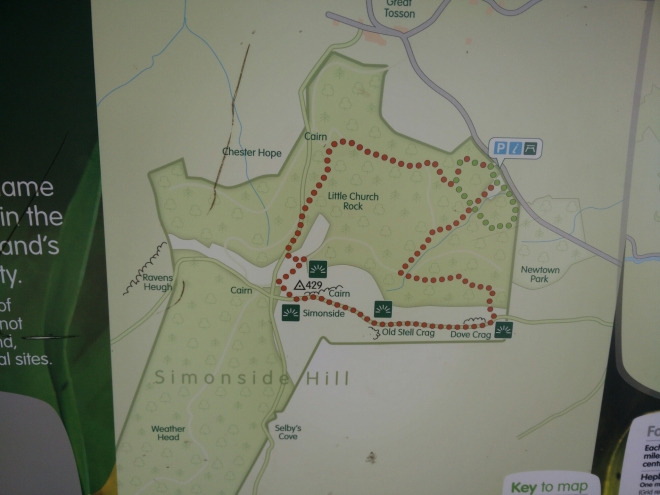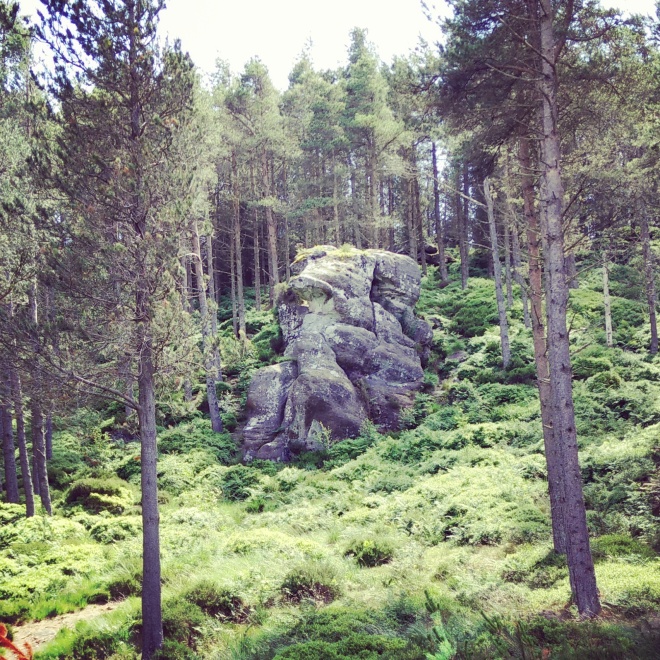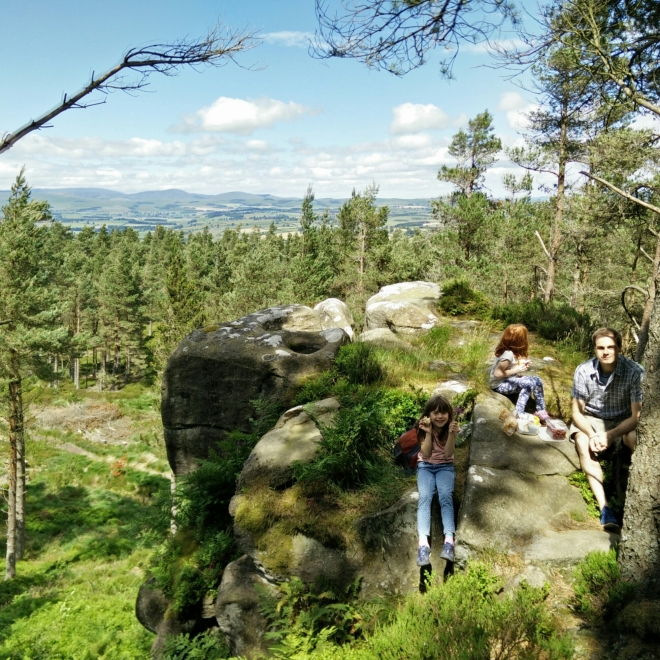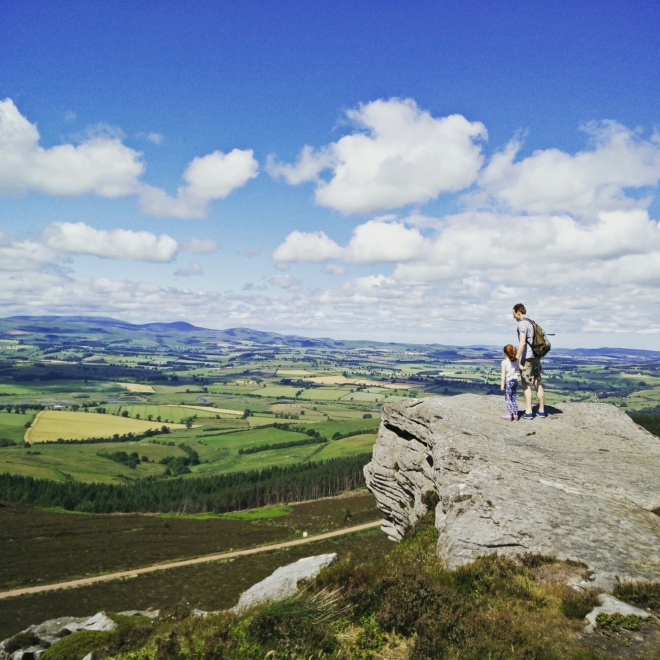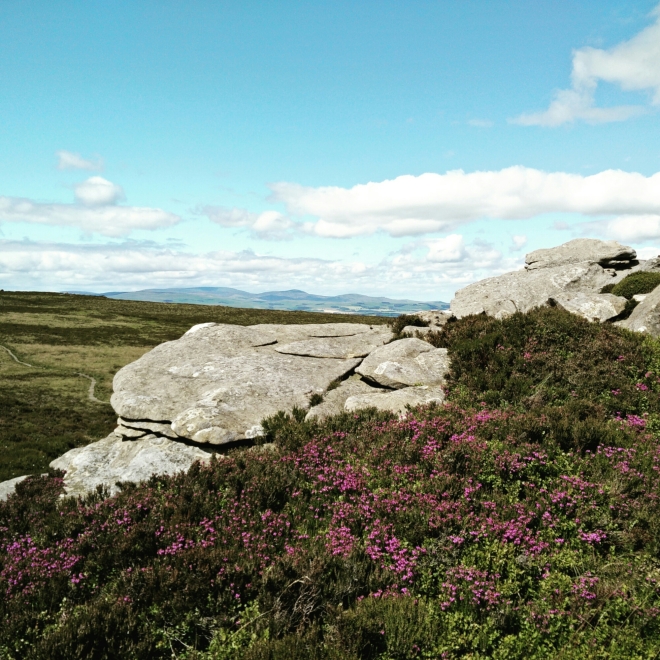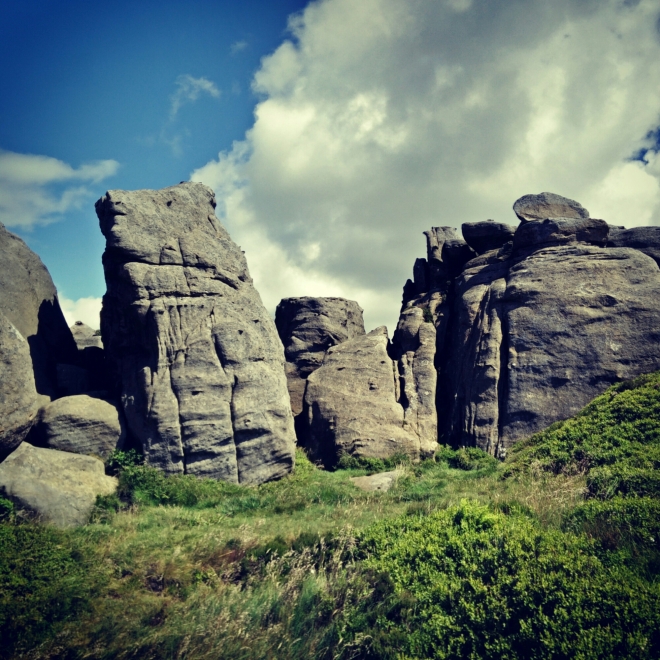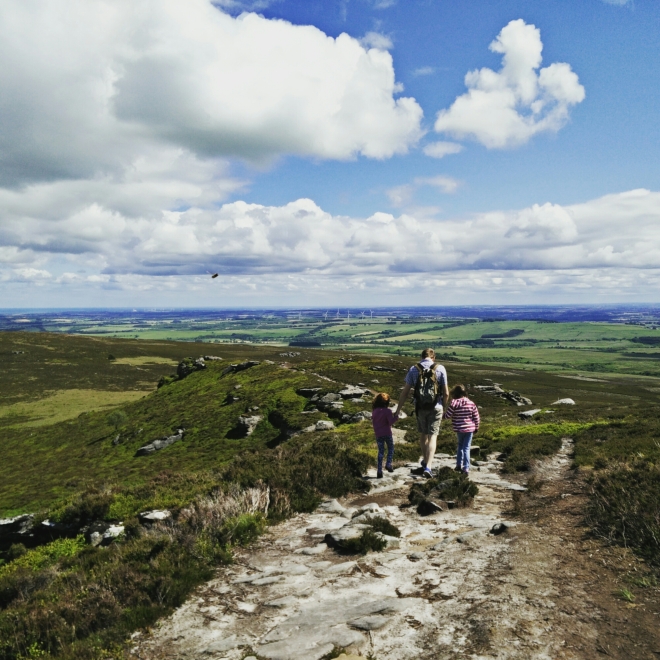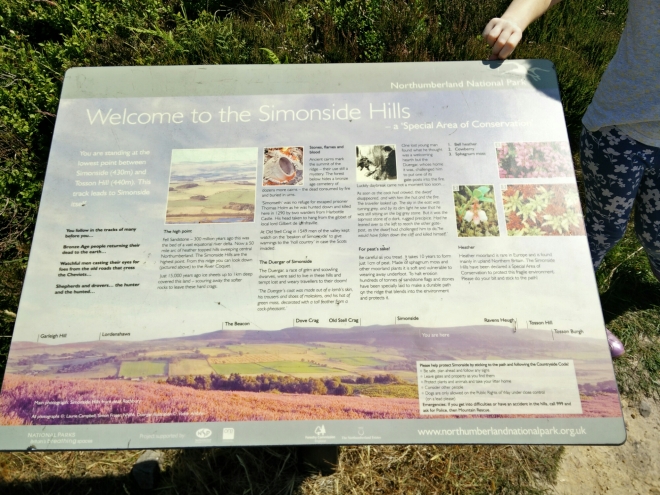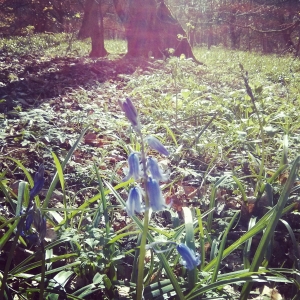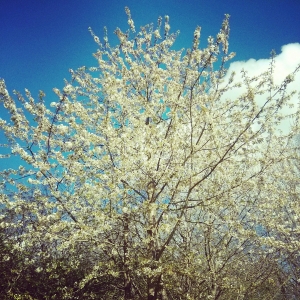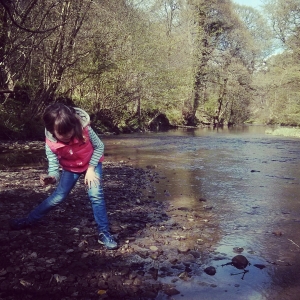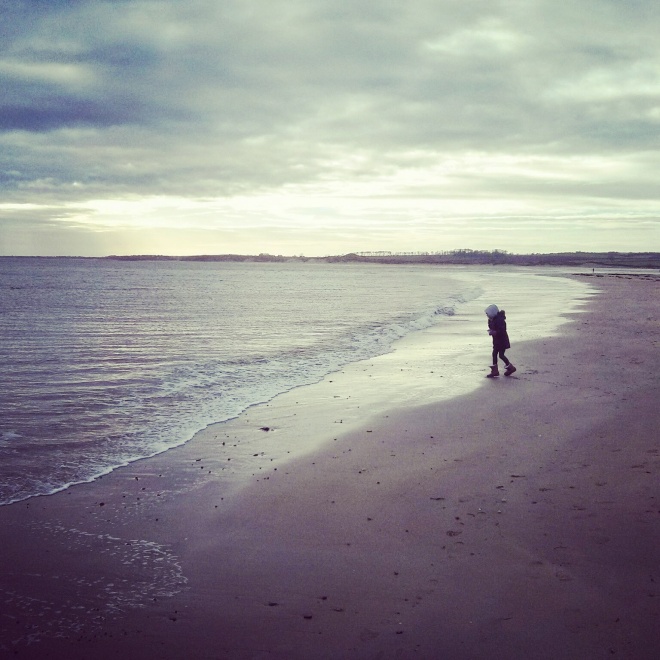
Found it!
I had heard of the term geocaching but had no idea what it involved. So I was intrigued when a friend told me they had tried it with their kids and were hooked.
Once I “googled it,” I couldn’t understand why I had not discovered this before. I am constantly trying to come up with ways to bribe/trick my kids into “going for a walk.” I learned long ago that this was one phrase you never said. Instead, there has to be a purpose, eg. “let’s go collect shells on the beach,” “let’s go and see if there is any snow at the top of this hill,” or usually “look at this massive cookie you can have once we get to the top.” But now I had geocaching up my sleeve.
Treasure hunting in the digital age, the term originates from an original “stash” that was placed in a wood in 2000 by Dave Ulmer, an IT expert from Oregon, who then posted the coordinates on the internet.
The public GPS signals we have today were limited due to security fears until May 2000, when Bill Clinton decided that GPS could be made more useful to people and organisations across the globe.
The Ordnance Survey explain the basics:
What is Geocaching?
Geocaching can be described in simple terms as treasure hunting for the digital generation. Instead of using the conventional compasses and printed maps more commonly associated with orienteering, participants rely on global positioning system (GPS) technology to find their way to certain points around the globe. These spots are found using coordinates published online by other forum members who have hidden boxes or containers (caches) there.
These boxes – often airtight Tupperware-style containers – can contain pretty much anything. In their most basic form, they’ll usually have a log book for hunters to record their names and the dates on which they find the stash. Much of the excitement, however, lies in seeing what other trinkets and souvenirs have been left. If the finder decides to take anything away, they’re required to leave something of equal or greater value for the next person to discover – and the chain begins!
– read all about it from the experts here
Geocaching to the test:
We went to geocaching.com where you can sign in for free or log in with facebook.
We then put in our postcode and it brought up a surprisingly high number nearby.
They are rated by difficulty and this being our first time we went for the easiest.
Even though you have the coordinates, there is still quite a bit of searching involved and I wasn’t even really sure what I was trying to find.
Thankfully there are extra hints to help. Ours was this:
Face the roundabout and choose the seat on the right. Sit on the left-hand side and look down to the left. This will crack you up!
As we wandered round and round and fumbled through leaves, I was starting to think this was a bad idea – if I couldn’t produce a winning result on our first attempt – this plan of mine was doomed.
Thankfully, in the spirit of all things digital, previous treasure hunters can leave further hints and tips to help you on your way and soon I spotted the green tube in a crack in the wall and jackpot – relief all round.
The girls enjoyed unravelling the log roll and writing in our name – there was no trinket left behind, which was a bit disappointing, but as we hadn’t come prepared with our own gift to leave behind it was probably for the best.
Sign up for geocaching and you also enter into a worldwide community, which is centred around sharing information and also respect for the environment – our clue urged us to pick up any litter we found lying around too.
Gaining in confidence, we headed on a second mission. This one completely brought out my inner geek, combining a mini history lesson and code breaking…
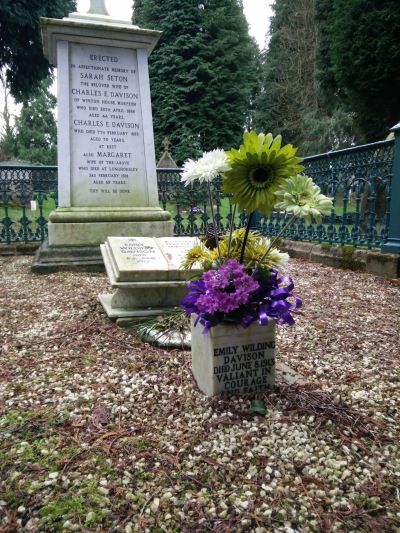
In memory of Emily Wilding Davison, a prominent member of the Suffragette Movement, who died a few days after she walked in front of the King’s horse at the 1913 Epsom Derby. This incident was one of the first sports disasters caught on film and shows the horrific impact and aftermath of the collision.
St. Mary’s Churchyard in Morpeth is very old and its residents diverse. It has a Lychgate at the entrance from the A197 and somewhere within it is a watchtower used to protect the fresh graves from the resurrection men (yuk).
The coordinates will take you to Emily’s grave in St. Mary’s churchyard. Use the inscriptions on the grave to find the missing numbers in the coordinates to the cache.
N 55° 09.abc
W001° 41.def
a = age of Ethel at death
b = numeral of month of Alfred’s death
c = second numeral of Charles’ age at death
d = half the number of fenceposts at the grave
e = number of letters in the word describing ‘princess’
f = day of the month on which Charles died
The verdict?
Yes, so OK, perhaps the other half and I did get slightly more excited about it than the kids… and yes, I think I will still need that emergency massive cookie in my bag. But they did enjoy ‘the hunt’ and opening the little barrel, especially when there was a bit of ‘treasure’ left inside. So I am preparing our ‘geoswag’ and am looking forward to our next family geocaching adventure (and maybe even one without the kids too…)
What do you need to get started?
A GPS device or smartphone
An account with http://www.geocaching.com
Geoswag – trinkets to swap eg keyrings, loombands, shopkins, matchbox cars
A pen and paper for any extra note taking/code cracking
**a hand held mirror for looking under things once you get super advanced!
Find out more:
- Read more expert advice from experienced family geocachers here
- A list of what to take with you here
- advice from netmums here





